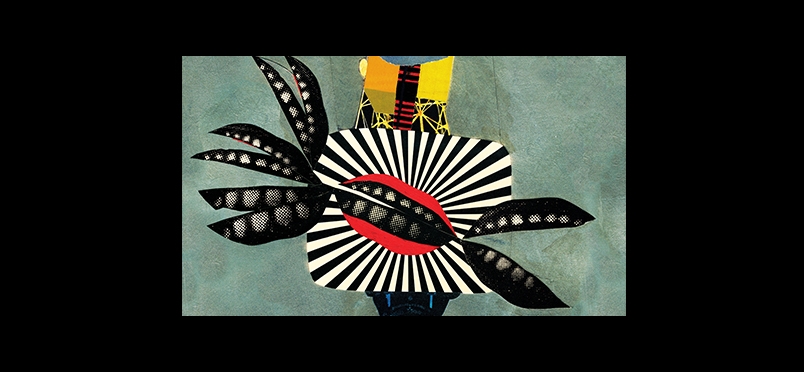| chronic pain
Pain, Itch, and Protective & Corrective Reflexes

Mapping the Physical Organization of Cells
As reported in the journal Neuron, researchers studied the reflexes that help us avoid pain, such as pulling our hand away from a hot stove. These protective reflexes, seen even in newborns, are the result of cutaneous somatosensory modalities and sensorimotor behaviors. When the sensorimotor system isn't working properly, chronic itch and chronic pain may occur. A better understanding of messaging and interaction may lead to potential pain relief. The Salk Institute researchers examined dorsal horn interneurons in mice, using a genetic approach, demonstrating:
- Dorsal horn sensorimotor reflex modules display a laminar organization
- The scratch reflex is elicited by multiple excitatory interneuron types in laminae I/II
- Lamina III interneurons function as action selector neurons for paw withdrawal
- Static and dynamic tactile reflexes are encoded by distinct excitatory modules
Martyn Goulding, a professor in Salk's Molecular Neurobiology Laboratory, commented "There's been a lot of research done at the periphery of this system, looking at how cells in the skin and muscles generate signals, but we didn't know how that sensory information is trafficked and interpreted once it reaches the spinal cord. This new work gives us a fundamental understanding of the architecture of our sensorimotor system. These reflexive behaviors have to be very robust for survival, so, having different classes of interneurons in each area that contribute to a particular reflex builds redundancy into the system."
Access the journal article.
Other Categories:
Did you enjoy this article?
Subscribe to the PAINWeek Newsletter
and get our latest articles and more direct to your inbox
